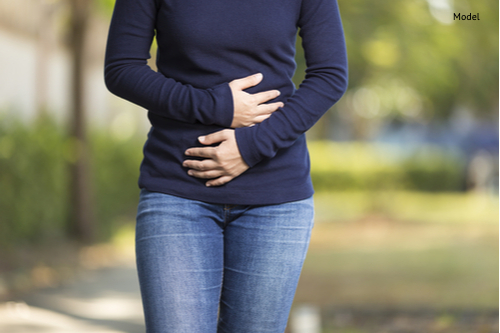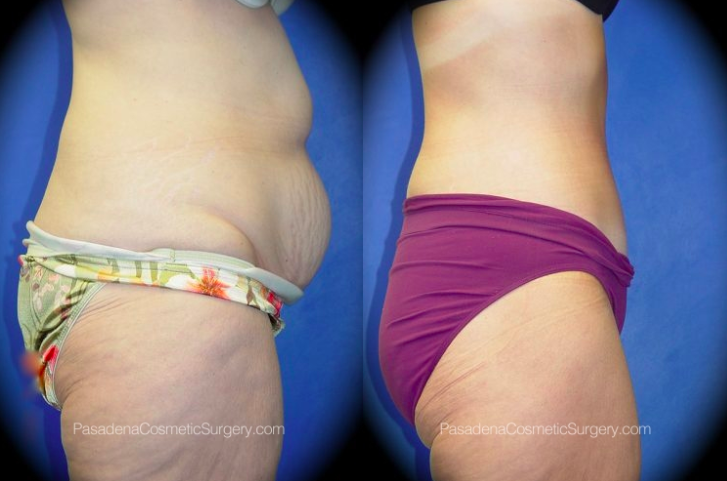Tummy tuck surgery cuts through multiple layers of skin and fat and includes muscle tightening to restore a slimmer and more defined abdominal contour. Therefore, it should not surprise you that the recovery for tummy tuck surgery will be painful at times.

You cannot eliminate all discomfort; however, there are ways to care for yourself so that pain is not only managed but minimized.
Non-Prescription Medications
Dr. O’Toole will provide you with a prescription for pain medication; however, it is up to you to decide whether or not you want to fill it. It is not required to take prescription pain medication, as they can contribute to additional risks if not appropriately taken. However, they can be a beneficial and comfort-enhancing tool.
Patients who decide against prescription medication will likely still want to have something that will help alleviate discomfort. TYLENOL®, either regular or extra-strength, is the ideal over-the-counter pain reliever option, as it will not increase bleeding like aspirin, ibuprofen, or other NSAIDs (non-steroidal anti-inflammatory drugs) will. TYLENOL® should still be taken with caution, however, and you want to make sure that you do not exceed the recommended daily dosage.
Dr. O’Toole also uses the ON-Q* Pain Relief System routinely. This non-narcotic pain management system delivers marcaine, a local anesthetic, to the areas that need it after a surgical procedure. The on-demand system uses a small catheter to infuse the treatment site with the medication, allowing patients to be able to start moving around after surgery earlier, significantly reducing post-op pain, and minimizing certain risks that are associated with narcotic pain medications. The ON-Q* pump can provide pain relief for three to five days depending on the patient’s needs.
Increase Your Circulation
Resting is a crucial part of your tummy tuck recovery; however, this does not mean that you can or should stay in bed all day. You need to get on your feet and move around as soon as possible. Taking gentle walks around your house and practicing light, stress-free stretches will help to circulate blood throughout your body. This will help reduce inflammation and your risk of blood clots—which can be severe or even deadly.
The “Laughing” Problem
Any woman who has ever undergone a C-section or other abdominal surgery will be prepared for the discomfort that laughing, coughing, and sneezing will bring. Most women are unaware of how many times a day they laugh, cough, or sneeze until they are forced to confront the pain head-on. These actions exert strain on your abdomen and should be kept to a minimum.
If you feel that you are about to cough, sneeze, or laugh, grab the nearest pillow or blanket and hold it firmly over your incision. This will help to alleviate some of the strain. If you do not have access to a pillow or blanket, use both hands to apply as much pressure to the area as possible. This act will not completely eliminate the discomfort, but it will make it more manageable.
A Balanced Diet
Eating a protein and nutrient-enriched diet following your tummy tuck will do wonders for repairing tissue, reducing inflammation, and helping your body heal. Nutrient-packed foods like lean meats, yogurt, fruits, and vegetables will keep you full, stimulate cell production, and allow you to feel more comfortable. In addition to your diet, be sure that you are staying hydrated; water and herbal teas are wonderful options.
If you are wondering how you can minimize pain after your tummy tuck, contact Dr. O’Toole by calling (626) 449-8910 or by filling out our online contact form.





